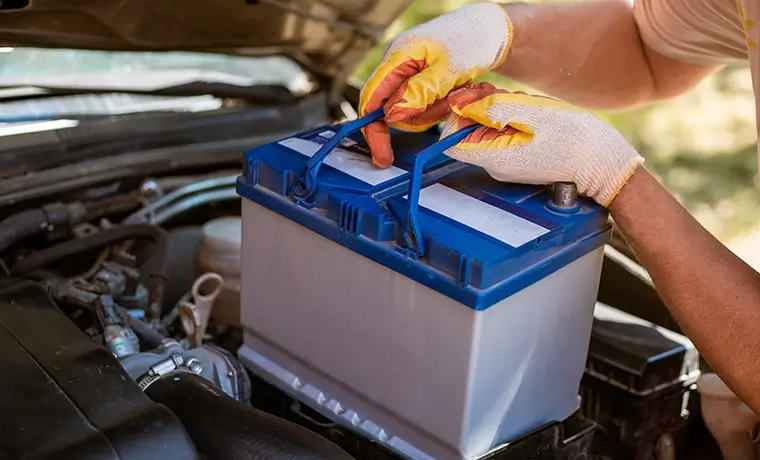What Does a Vehicle Battery Do?
Vehicle batteries provide electrical energy, and they are vital parts for running vehicles. It stores chemical energy, converts it into electrical energy, and transmits this energy to other parts of the vehicle. This allows for the vehicle's engine to be started, and meets the energy needs of the other parts that require high current. Batteries also offer significant protection, as they prevent vehicles from being damaged by balancing voltage and amperage.How to Tell if the Vehicle Battery Is Dead?
When the vehicle battery runs out, you will not be able to start your vehicle's engine, and other electronics will become inoperative. Listed below are some of the signs that your vehicle battery is dead:- Vehicle Slow to Crank
You may have a faulty vehicle battery, and the vehicle may not be able to store the energy required to start. - Instrumentation Going Off While Starting the Vehicle
Terminals being loose or not oxidized may indicate that the battery is almost dead. - No Crank When the Key Is Turned
This usually indicates that the starter motor is having problems and has run out of coal. - Dim Headlights
Dim headlights may indicate that your battery is drained or faulty. - Battery Sign on Dashboard
This indicates that your vehicle's battery does not have enough energy or points out to a problem with the charging generator or the battery. - Swollen Battery
This may occur due to overcharging or a short circuit in the vehicle battery. You may need to replace your battery. - Old Battery
The lifespan of vehicle batteries generally varies between 3-5 years. If you have an old battery, it may be a good idea to have it checked out. - Bad Smell From the Battery
This may indicate that the battery is leaking or that the liquid in the battery is boiling and emitting a smell due to overcharging
How to Charge a Vehicle Battery
First, the vehicle's engine must be completely stopped and the key must be removed. The vehicle battery covers must be opened and the terminals must be uncovered. If the battery covers are screwed in, they can be easily opened with a screwdriver or another suitable tool. The charger must be properly connected. The charger usually comes with a red and a black cable. The red cable must be connected to the positive (+) terminal, and the black cable must be connected to the negative (-) terminal. You must be careful to make these connections correctly, otherwise you may damage the battery.Jump Starters
When the vehicle battery is completely drained, it stops producing electrical energy, so it needs to be recharged. It is very important to follow the instructions listed below in order to recharge the batteries, which may run out for many different reasons.- Make sure both batteries have equal amperage.
- Turn off your vehicle's engine and all electrically powered accessories before starting the jump starting process. These include parts such as interior lighting, headlights and radio.
- Remove the plastic covers (if any) from the battery terminals.
- Locate the positive (+) and negative (-) battery terminals.
- Connect the red end (+) of the jump starter to the positive (+) terminal of the empty battery, and the other end to the positive (+) terminal of the full battery.
- Connect the black end (-) of the jump starter cable to the negative (-) terminal of the full battery, and the other end to any metal part on the body of the vehicle with the empty battery.
- After connecting the battery terminals correctly, tighten the terminals firmly using a wrench. Note that the accuracy of the connections must be checked before doing this.
- Start the vehicle with the full battery first, then start the vehicle with the empty battery.
- The jump starting process is complete.
- First thing you need to do after the jump starting process is completed is to remove the cables in the negative (-) terminal. Then, carefully remove the cables in the positive (+) terminal.
My Offers
My Offers({{ basketProductCount }} Count)

{{ item.Title }}
{{ item.Description }}
{{ item.ProductProperties.ProductName }}
{{ item.ProductProperties.ProductDescription }}

{{ item.Title }}
{{ item.Description }}




